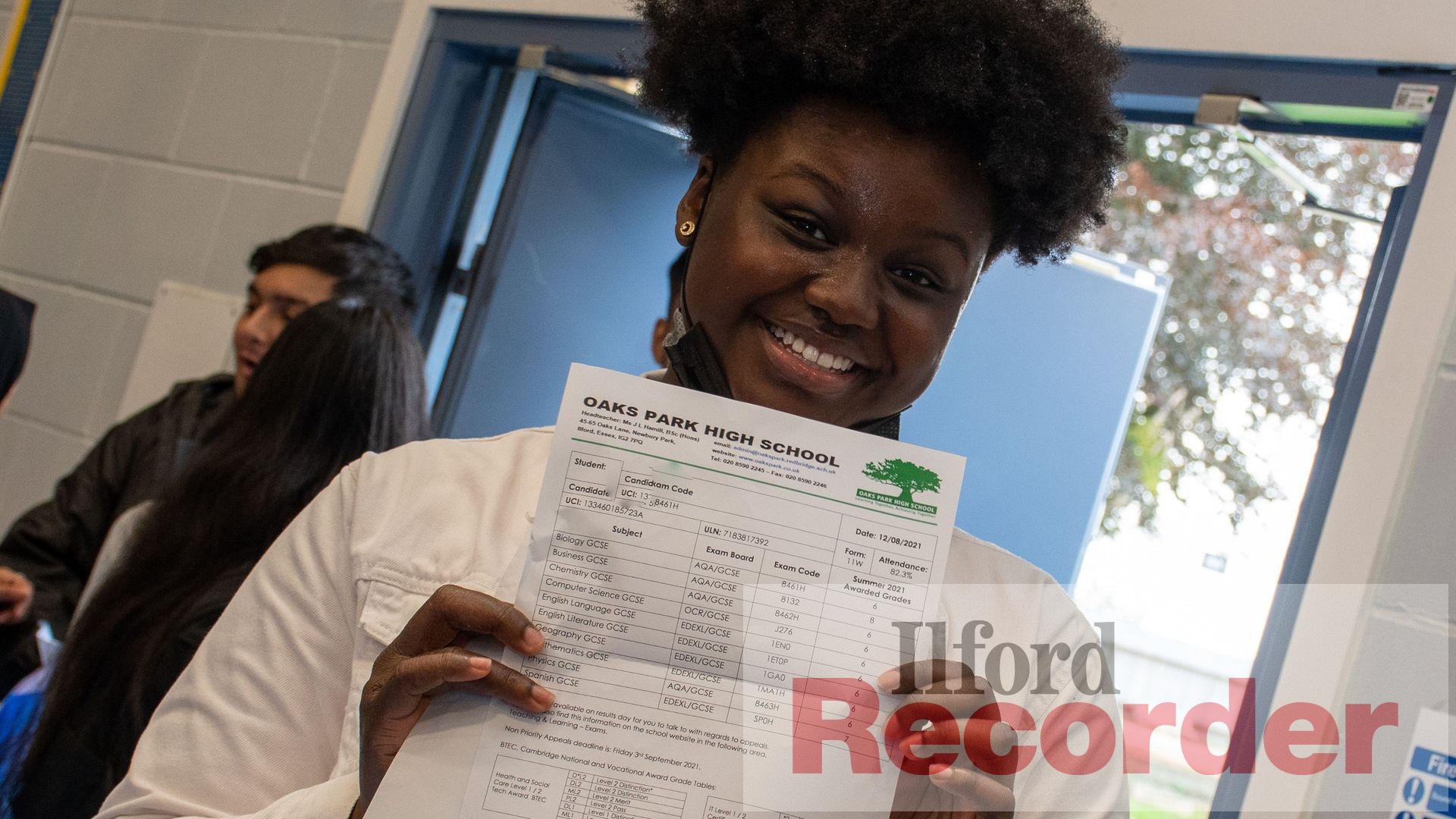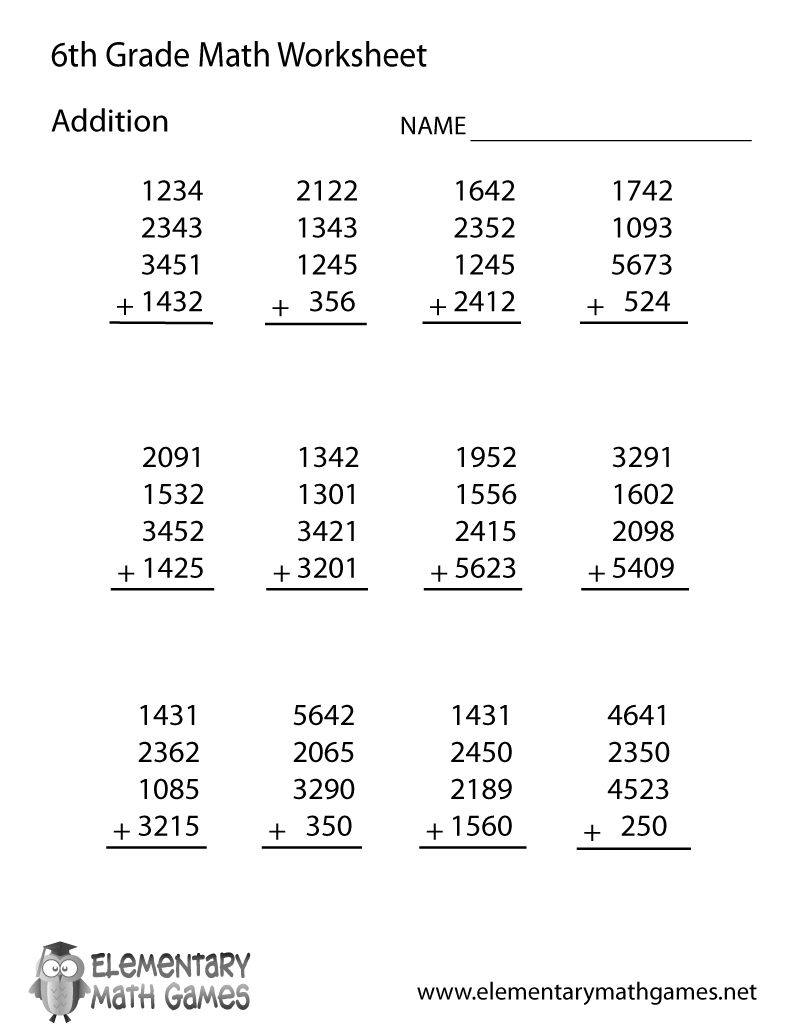
To teach the 3 Times Table, there are many teaching resources. They are excellent quality and have many years of experience teaching. They include visually stimulating materials and vibrant images that keep children engaged. These are three ways to make times table 3 engaging and fun for your students. To test their knowledge, you can create your own learning games. You can also try them out in the classroom.
Learning the 3 times table
There are many ways you can practice the three times table. The 3 times table can be practiced in either a random or sequential order. It is also possible to practice the 3 times table on your mobile phone, tablet or PC. You can also print the worksheets and use them whenever you have free time. The 3 times table is easy to learn if you know the basics. This is a must-have for year four maths.

Practice it
Practice the times tables with elementary school children is very helpful. It is possible to practice multiplication in many ways. You can practice times tables one at a time, all of them, or any specific table you'd like. The faster you are at remembering the numbers in a times table, the more practice you do. Here are three ways to practice timestable 3.
Recite it
It's easy to remember the three times table. There's no need to memorize a special trick. Remember that the multiples of three in a multiplication chart are an even mix of numbers. The difference between the results is three. The times table can be recited three times to recall the math facts. With your child, practice multiplication and addition. This method of learning the times table will allow you to recall the patterns of 1, 3, 6, 9 and 9.
Create a game
If you want to teach your child how to do times tables, why not create a game? Multiples of three are both a great subject to learn as well as a fun and effective way to reinforce it. You can make a game using a tablet or a computer. Choose a game that's suitable for your child and has the times table. Children who love solving equations will enjoy the challenge and will be excited about playing the game.
Ask questions at the multiplication chart
It should be possible to ask questions about the multiplication table. For example, what is the number of times seven times six x ten? The answer will be 21. You can then divide 21 by 2 to find the product. You will notice that the product you get is twice the original number. This is also applicable to other multiplication facts. A multiplication chart has 81 entries. However, you don't need to memorize them all.

Have fun with it
There are many fun ways to make timestable 3 more enjoyable for your children. The following 3 times table activities will keep your kids engaged while they learn. Play 3 Times Table Bingo: Ask your students to answer the 6 questions on the table, and then call out the correct answers. Hang bunting using the 3 times table sums to decorate is another way to make times table three fun. Humpty Dumpty’s Wall Multiplying By 3 Worksheet is another great activity. Players use the dice to calculate the sum of all the numbers they have added, and then add them up.
FAQ
What is the main difference between schooling and college?
Schools are organized by grades or classes. Each teacher teaches a particular class. Colleges are larger organizations that offer more specialized programs and often include university-level courses. While schools are more focused on fundamental subjects, colleges might offer a range of subjects such as arts, science and languages. The curriculum at both levels is intended to prepare students to study at higher levels.
What salary does an early childhood teacher earn? (earning potential)
A teacher in early childhood earns an average salary of $45,000 per annum.
There are however areas where salaries are higher than the average. Teachers who teach in large urban areas typically earn more than teachers working in rural schools.
Salaries also depend upon factors such as how big the district is and whether or no teacher holds a master's/doctoral degree.
Teachers are often paid less than other college graduates, simply because they have little experience. However, their salaries can rise dramatically over time.
How much does homeschooling cost?
There are no set costs for homeschooling. Some families charge between $0-$20 per lesson. Some families offer services for free.
It takes effort and dedication to homeschooling. Parents need to make sure they have enough time to spend with their children.
Access to books, materials, and other learning aids is essential. Many homeschoolers have to make use of community programs and events in order to enhance their curriculum.
Parents should think about transportation costs, tutors, and other activities.
In addition, homeschoolers must plan ahead for field trips, vacations, and special occasions.
What does it take to be a teacher of early childhood education?
Early childhood educators must have specialized training. Most states require teachers to be certified by their state boards before they can work in public schools.
Some states require teachers passing tests in math and reading.
Some states require teachers with early childhood education degrees to complete a set number of hours.
Many states have minimum requirements for teachers. These requirements are not the same in every state.
Do I want to specialize in one area or should I branch out?
Many students choose to specialize in one subject (e.g., English, History, Math) instead of branching into multiple subjects. It's not necessary to be a specialist. For example, if you're considering becoming a physician, you could choose to specialize in either internal medicine or surgery. Or, you could choose to become a general practitioner specializing in pediatrics, family practice, gerontology, psychiatry, or neurology. You could focus on sales, marketing, finance, research, and management if you are interested in a career in business. The choice is yours.
Statistics
- They are also 25% more likely to graduate from high school and have higher math and reading scores, with fewer behavioral problems,” according to research at the University of Tennessee. (habitatbroward.org)
- They are more likely to graduate high school (25%) and finish college (116%). (habitatbroward.org)
- These institutions can vary according to different contexts.[83] (en.wikipedia.org)
- In most developed countries, a high proportion of the population (up to 50%) now enters higher education at some time in their lives. (en.wikipedia.org)
- Data from the Department of Education reveal that, among 2008 college graduates, 92.8 percent of humanities majors have voted at least once since finishing school. (bostonreview.net)
External Links
How To
What is vocational education?
Vocational Education is an educational system that prepares students for employment after high school or college by providing them training in specific skills needed for a particular job (such as welding). This includes apprenticeship programs and on-thejob training. Vocational education is distinct from general education as it focuses more on training individuals for specific jobs than on learning broad knowledge that can be used in the future. Vocational education does more than prepare for university. It helps people find jobs after graduation.
Vocational education could be offered at all levels, including primary schools, secondary school, colleges and universities, technical schools, trade schools as well community colleges, junior college, and four-year schools. You can also find specialized schools such a culinary arts school, nursing school, law school, medical schools or dental schools. Many of these offer both academic instruction, and practical experience.
Over recent decades, there have been significant investments made in vocational education by many countries, including Australia, Denmark (Finland), Germany, Ireland and Japan. It is still controversial whether vocational education is effective. Some critics argue that it does little to improve students' employability; others argue that it provides useful preparation for life after school.
According to the U.S. Bureau of Labor Statistics (47% of American adults are currently holding a postsecondary certificate/degree related to their current job), this figure is higher among those with more education. This figure is higher for those with more education. 71% (25-29) of Americans have a bachelor's level or higher and work in fields that require a postsecondary degree.
In 2012, the BLS reported that nearly half of the nation's adult population had at least some form of postsecondary credential. One-third of Americans had a two year associate degree. Only 10% held a four-year bachelors degree. One fifth of Americans had a masters degree or doctorate.
The median annual salary for people with a bachelor's was $50,000. This compares to $23,800 for those who don't have a degree. For those with advanced degrees, the median wage was $81,300.
For those who did not complete high school, the median wage was only $15,200. Those with less than a high school diploma earned $13,000 per year.